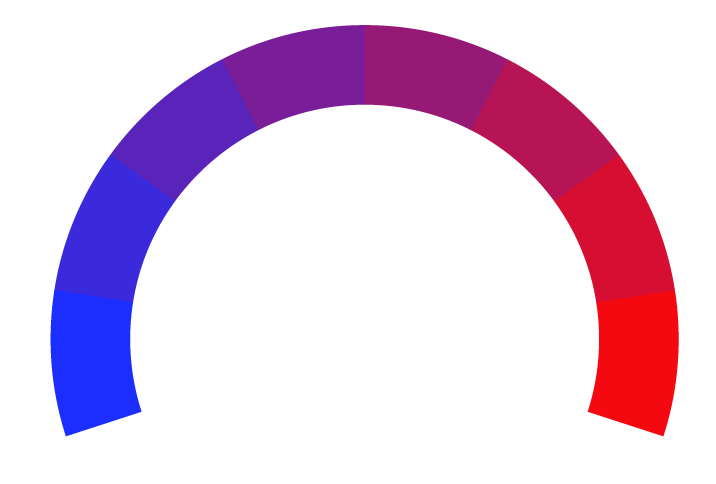 The Epoch Times Article Rating
The Epoch Times Article RatingKey Takeaways From Supreme Court Trump Ballot Ruling
- Bias Rating
- Reliability
80% ReliableGood
- Policy Leaning
90% Very Right
- Politician Portrayal
-41% Negative
Continue For Free
Create your free account to see the in-depth bias analytics and more.
By creating an account, you agree to our Terms and Privacy Policy, and subscribe to email updates.
Bias Score Analysis
The A.I. bias rating includes policy and politician portrayal leanings based on the author’s tone found in the article using machine learning. Bias scores are on a scale of -100% to 100% with higher negative scores being more liberal and higher positive scores being more conservative, and 0% being neutral.
Sentiments
25% Positive
- Liberal
- Conservative
| Sentence | Sentiment | Bias |
|---|---|---|
Unlock this feature by upgrading to the Pro plan. | ||
Reliability Score Analysis
Policy Leaning Analysis
Politician Portrayal Analysis
Bias Meter
Extremely
Liberal
Very
Liberal
Moderately
Liberal
Somewhat Liberal
Center
Somewhat Conservative
Moderately
Conservative
Very
Conservative
Extremely
Conservative
-100%
Liberal
100%
Conservative

Contributing sentiments towards policy:
54% : "Any congressional legislation enforcing Section 3 must, like the Enforcement Act of 1870 and §2383, reflect 'congruence and proportionality'" between preventing or remedying that conduct and the means adopted to that end," the March 4 opinion read.53% : Former federal prosecutor Neama Rahmani told The Epoch Times that "the Court gave Trump a win, but only on procedural grounds.
49% : If Congress somehow passes legislation according to the Court's guidelines, it could create a system whereby the federal government could challenge President Trump's and others' candidacies.
48% : " Like the liberal justices, Mr. O'Brien preferred to rule against state action for federal candidates without limiting enforcement to Congress.
39% : "They found a 'combination' of constitutional grounds that 'resolves this case,' and that explains why the Colorado court got it wrong." The Colorado Supreme Court had held that President Trump was not only an "officer" included by Section 3's language, but also that he engaged in an insurrection -- a determination the Supreme Court stayed away from in its per curiam opinion.
39% : it seems to be favoring Trump in a way that was unnecessary.
35% : President Trump spent much of his brief on this question, presumably because it would have removed him from inclusion in the language's meaning.
32% : " "Now that Section 3 has effectively been neutered, all eyes will be on the other constitutional controversies surrounding former President Trump, like the fate of the several pending criminal cases against him and his claims of total immunity from prosecution," Anastasia Boden, Cato Institute director of the Robert A. Levy center for constitutional studies, told The Epoch Times The court is scheduled to hear at least two additional arguments related to Jan. 6 -- including one over whether President Trump enjoys immunity in his D.C. trial.
31% : Another is the Enforcement Act of 1870, which authorizes district attorneys to bring civil actions against federal and state officeholders who violate Section 3.
29% : " Even if Congress did pass a law enforcing Section 3, Mr. von Spakovsky said it was possible that another candidate like President Trump could re-raise the "officer" issue with the Supreme Court.
19% : One is the federal insurrection ban (Section 2383), which many have noted wasn't something President Trump was charged with violating.
*Our bias meter rating uses data science including sentiment analysis, machine learning and our proprietary algorithm for determining biases in news articles. Bias scores are on a scale of -100% to 100% with higher negative scores being more liberal and higher positive scores being more conservative, and 0% being neutral. The rating is an independent analysis and is not affiliated nor sponsored by the news source or any other organization.


























